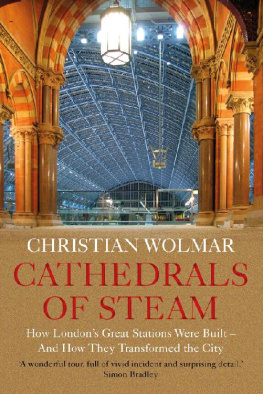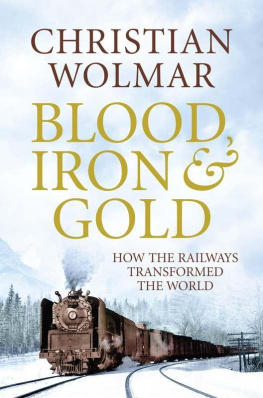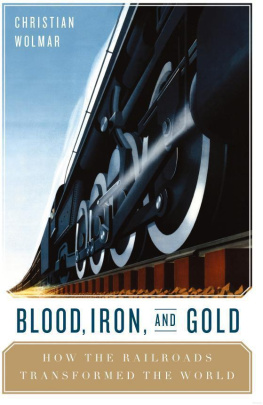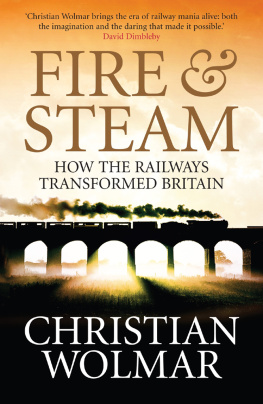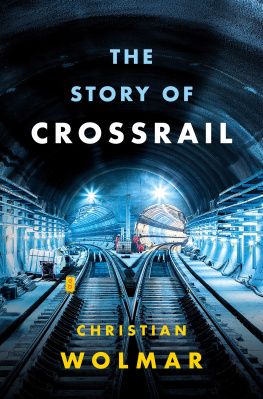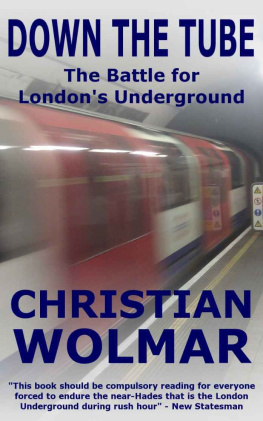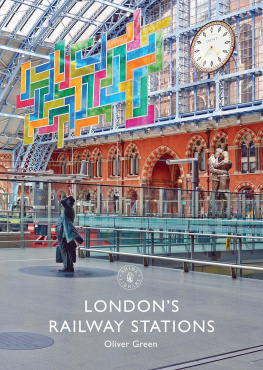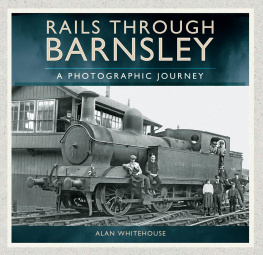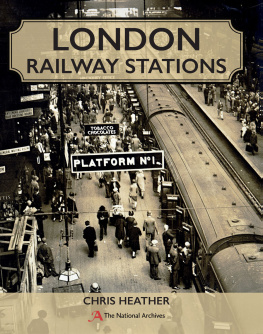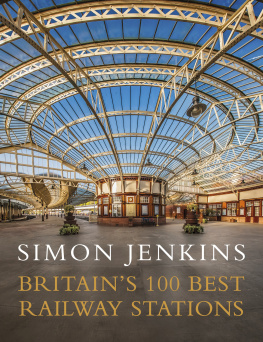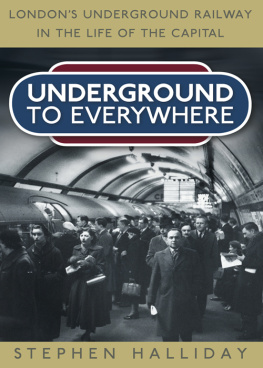Christian Wolmar - Cathedrals of Steam: How London’s Great Stations Were Built – And How They Transformed the City
Here you can read online Christian Wolmar - Cathedrals of Steam: How London’s Great Stations Were Built – And How They Transformed the City full text of the book (entire story) in english for free. Download pdf and epub, get meaning, cover and reviews about this ebook. City: London, year: 2020, publisher: Atlantic Books, genre: Art / Science. Description of the work, (preface) as well as reviews are available. Best literature library LitArk.com created for fans of good reading and offers a wide selection of genres:
Romance novel
Science fiction
Adventure
Detective
Science
History
Home and family
Prose
Art
Politics
Computer
Non-fiction
Religion
Business
Children
Humor
Choose a favorite category and find really read worthwhile books. Enjoy immersion in the world of imagination, feel the emotions of the characters or learn something new for yourself, make an fascinating discovery.
- Book:Cathedrals of Steam: How London’s Great Stations Were Built – And How They Transformed the City
- Author:
- Publisher:Atlantic Books
- Genre:
- Year:2020
- City:London
- Rating:4 / 5
- Favourites:Add to favourites
- Your mark:
Cathedrals of Steam: How London’s Great Stations Were Built – And How They Transformed the City: summary, description and annotation
We offer to read an annotation, description, summary or preface (depends on what the author of the book "Cathedrals of Steam: How London’s Great Stations Were Built – And How They Transformed the City" wrote himself). If you haven't found the necessary information about the book — write in the comments, we will try to find it.
Londons twelve great rail termini are the epic survivors of the Victorian age... Wolmar brings them to life with the knowledge of an expert and the panache of a connoisseur.Simon Jenkins
A wonderful tour, full of vivid incident and surprising detail. Simon Bradley
London hosts twelve major railway stations, more than any other city in the world. They range from the grand and palatial, such as Kings Cross and Paddington, to the modest and lesser known, such as Fenchurch Street and Cannon Street. These monuments to the railway age are the hub of Londons transport system and their development, decline and recent renewal have determined the history of the capital in many ways.
Built between 1836 and 1899 by competing private railway companies seeking to outdo one another, the construction of these terminuses caused tremendous upheaval and had a widespread impact on their local surroundings. What were once called slums were demolished, green spaces and cemeteries were concreted over, and vast marshalling yards, engine sheds and carriage depots sprung up in their place.
In a compelling and dramatic narrative, Christian Wolmar traces the development of these magnificent cathedrals of steam, provides unique insights into their history, with many entertaining anecdotes, and celebrates the recent transformation of several of these stations into wonderful blends of the old and the new.
Christian Wolmar: author's other books
Who wrote Cathedrals of Steam: How London’s Great Stations Were Built – And How They Transformed the City? Find out the surname, the name of the author of the book and a list of all author's works by series.

